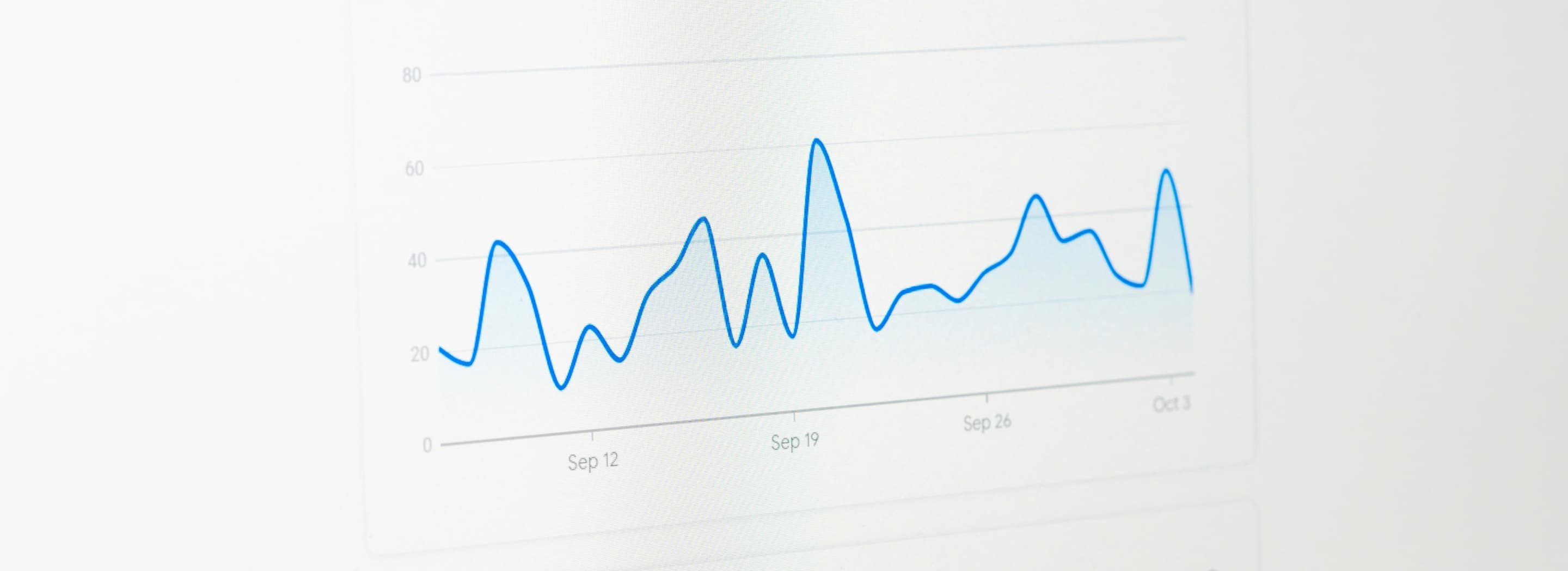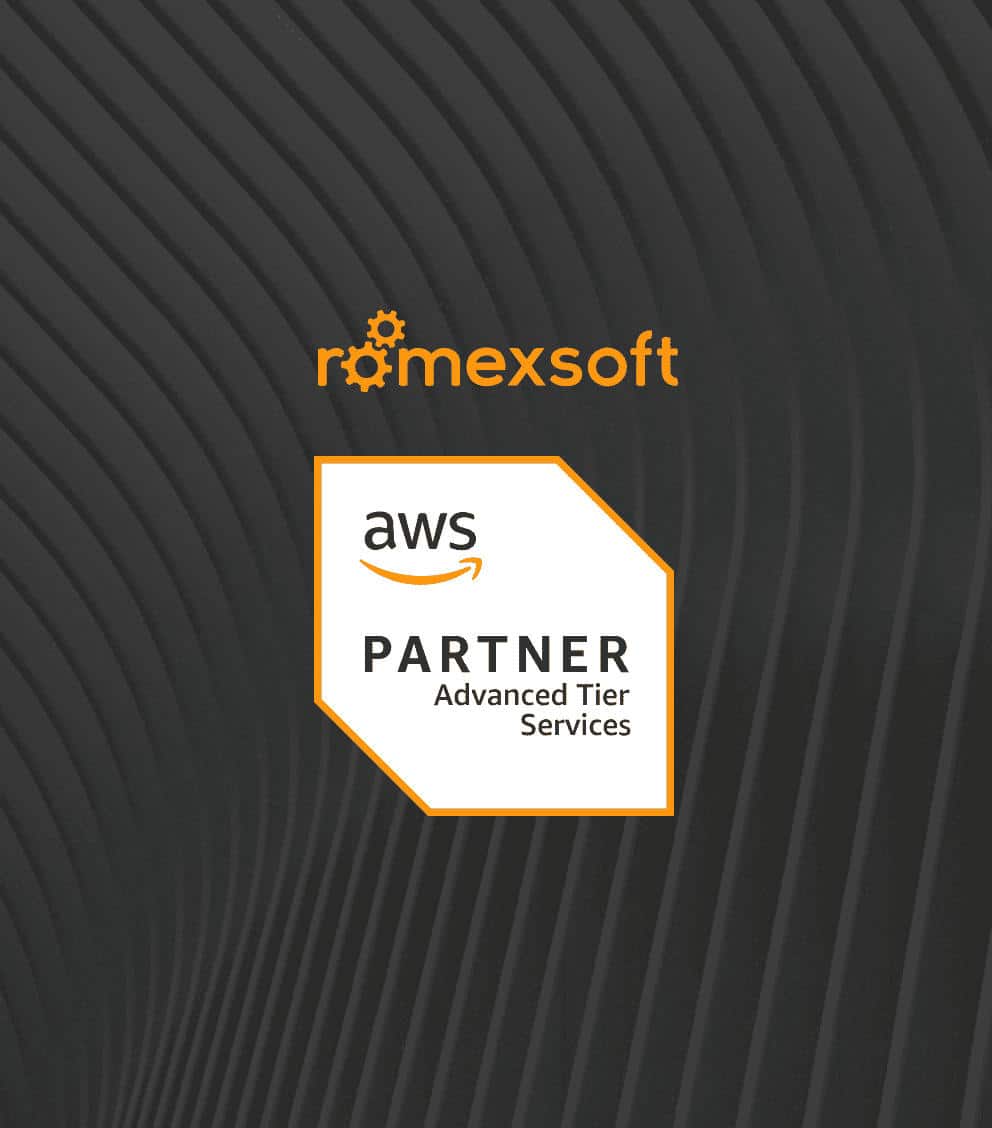AWS Certified DevOps Engineer – Professional
AWS Certified SysOps Administrator – Associate
Author’s Top Article

Reliable applications and seamless user experiences that distributed architectures promise entail a heavy reliance on observability and monitoring tools crucial for maintaining the performance and stability of complex systems.
The blog highlights:
- what are monitoring and observability
- what are the similarities and differences
- which one and when to choose
- how to choose the right tool
- future trends

Author’s All Publications

Switching from in-house hardware to cloud solutions can lead to significant cost reduction. However, it’s easy to overspend without proper AWS cost optimisation. Unnoticed expenses, such as unused instances, obsolete snapshots, and unattached volumes, can inflate your AWS bill. Cost optimisation not only saves money but also makes your infrastructure leaner and more efficient, improving performance and user experience. It also encourages proactive infrastructure management, leading to more informed decision-making. This post explores 12 AWS cost reduction strategies, including using Reserved Instances, Compute Savings Plans, Amazon EC2 Spot Instances, and AWS Auto Scaling. It also discusses the importance of terminating unused assets, using AWS monitoring tools, and regularly assessing and analyzing your cloud environment.


It can’t be denied that migrating your business’ operations to cloud provides you with unparalleled benefits. From cost reduction to elimination of hardware maintenance – the Cloud has it all. Fortunately, Amazon Web Services just happens to be the cloud provider that can offer it all: reliable services, reasonable prices, and trustworthy partners. Thinking about […]

